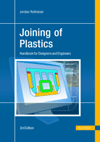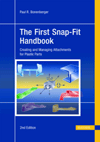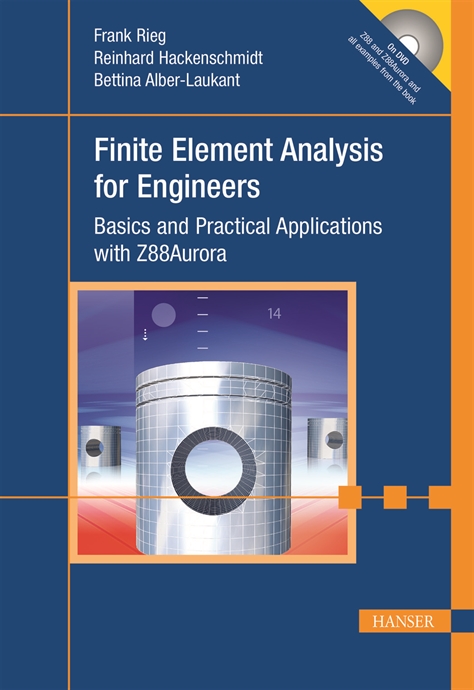Aluminum is a popular material for numerous automotive lightweighting applications. But, switching from aluminum to zinc alloys could greatly enhance the longevity and sustainability of many types of auto parts.
Engineers at the Sustainable Manufacturing Systems Centre at Cranfield University in the U.K. recently studied the benefits of three different lightweight alloys: aluminium-A380, magnesium-AZ91D and zinc-ZA8.
Zinc alloy proved to be a more sustainable and higher performing option—especially when considering factors such as the environmental impact caused by the extraction of the metal and the quality of the parts it produces.
And, despite the fact that aluminum alloy is typically less expensive, the study found that zinc alloy offers better overall value, because the parts it creates are likely to have a much longer life than the other alloys.
Zinc alloy is widely used as a casting material due to its low melting temperature, versatility, strength and durability. Traditionally, the lightweight material is used for high-end automotive applications that require an alternative to plastic. Typical examples include interior components, such as control knobs, switches and levers. Zinc is also used in brake parts, door lock housings, seatbelt components and windshield wipers.
“In recent years, aluminum alloys have been favored by automotive [engineers] for their lightweight properties and lower cost,” says Konstantinos Salonitis, head of the Sustainable Manufacturing Systems Centre. “Aluminum is frequently chosen ahead of other alloys because of a failure to fully factor the sustainability of the end-product into consideration.”
“The thermo-physical properties of zinc alloys allow the manufacture of automotive parts with intricate designs using strict and narrow tolerances with high quality finishing, directly through the die-casting process,” adds Emanele Pagone, Ph.D., a research fellow in sustainable manufacturing modelling at Cranfield University. “Another benefit of zinc alloys lies in their reduced manufacturing energy consumption when compared to other typical die-cast materials, like aluminum and magnesium.
“Such lower energy consumption is a consequence of the lower melting temperature and lower heat input required to reach the melting point,” explains Pagone. “Lower temperatures also favor a longer tool life. Furthermore, zinc alloys are corrosion-resistant, a characteristic that can be important to produce exterior automotive parts.”
According to Pagone, zinc is an extremely fluid metal. It’s easier to work with than aluminum and provides engineers with more options when casting parts. With zinc, you can make parts in complex shapes with thinner walls. This capability makes up for the fact that aluminum is lighter in weight than zinc.
However, zinc presents numerous challenges that need to be addressed before it will be more widely used in the auto industry. For instance, the relatively high weight of zinc alloys (and consequent higher fuel consumption), make them less attractive for automotive applications. In addition, parts not subjected to significant loads can be mass-produced more economically with thermoplastics.
“The major challenge is related to the comparatively higher weight of zinc alloys, which reduces the fuel economy and the ride quality of vehicles,” says Pagone.
On the other hand, with electric vehicles the disadvantage of heavier materials could be reduced thanks to the use of regenerative braking.
“However, it is hard to predict if such reduction would be sufficient to favor a significant departure from the current dominance of [aluminum and other] lightweight materials,” notes Pagone. “Potential future legislation that takes into account the overall energy burden of materials could favor zinc alloys over lightweight competitors.
“It’s also difficult to make reliable predictions because of the current efforts of manufacturers to produce larger and larger single pieces with high-pressure die-casting processes,” adds Pagone. “For example, the mega-casting machine used to produce frame components of the Tesla Model Y could affect such considerations.”





